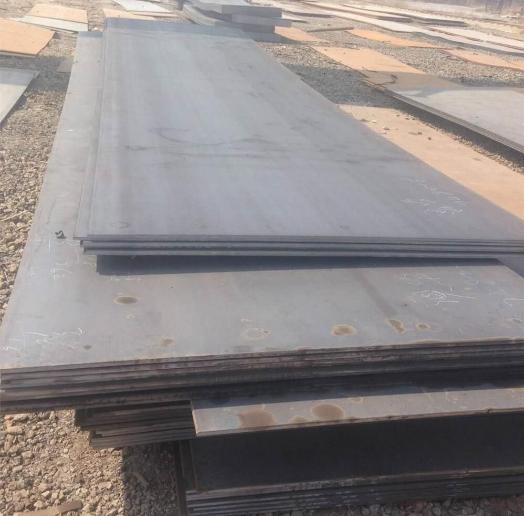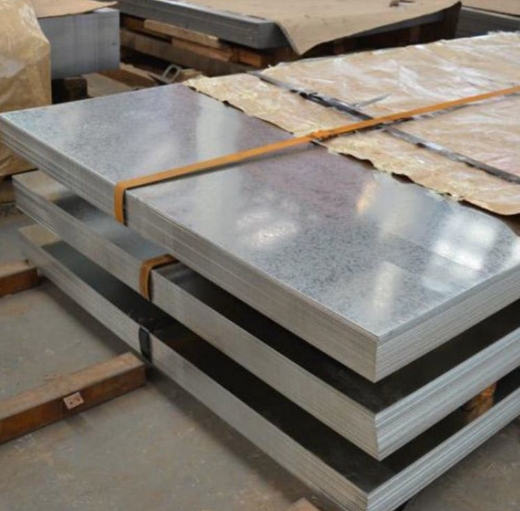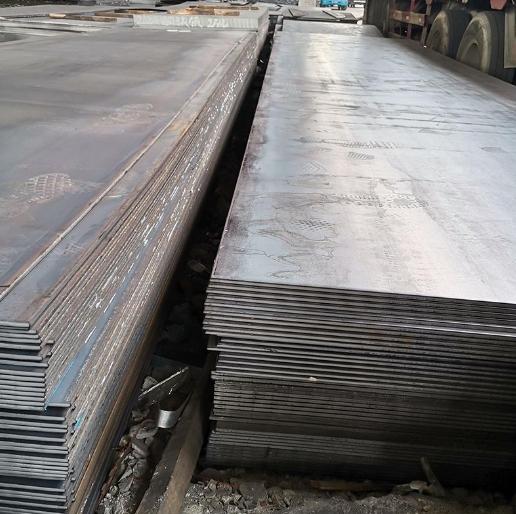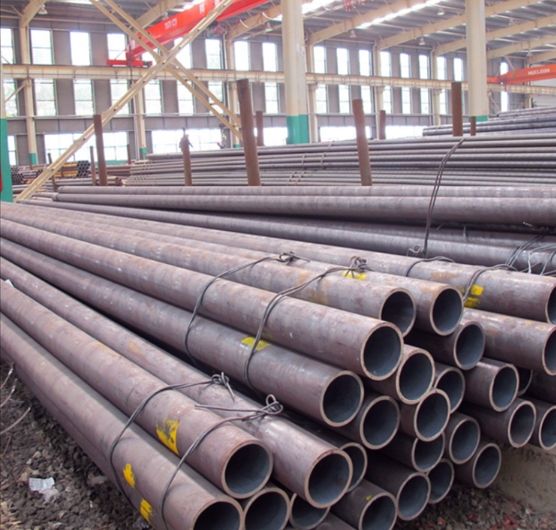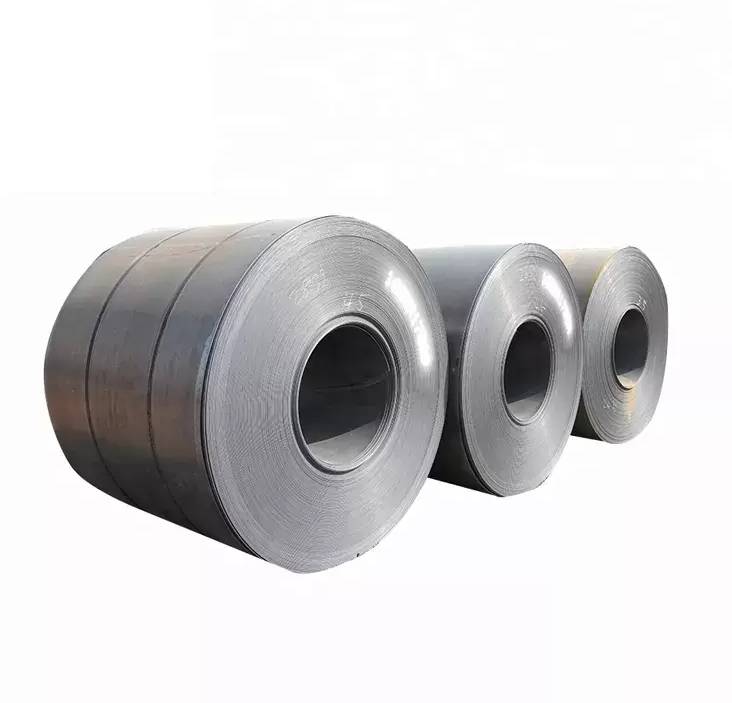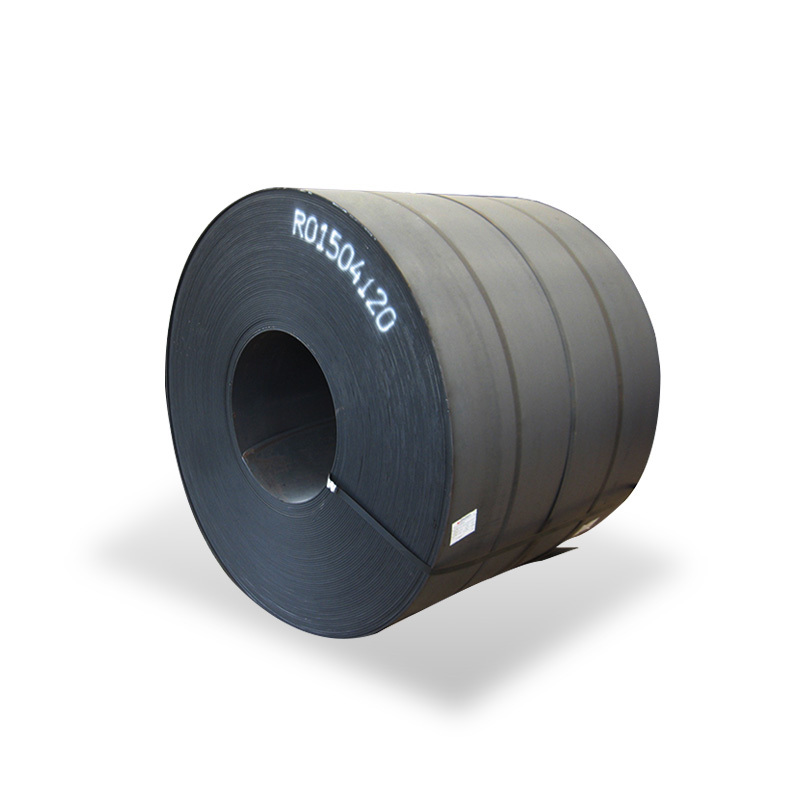What Makes Carbon Steel Diamond Plate So Special?
When selecting materials for heavy-duty applications like flooring, stair treads, industrial platforms, or truck beds, carbon steel diamond plate is one of the best options available. Its unique diamond pattern provides extra grip and resilience, making it a perfect choice for environments where traction and durability are paramount.
In this article, we’ll dive into the benefits of carbon steel diamond plate, how it’s used across industries, and what makes it the top choice for demanding projects.
What is Carbon Steel Diamond Plate?
Understanding the Structure and Composition
Carbon steel diamond plate is a type of steel plate that has a raised pattern, often resembling a diamond shape. The diamond pattern isn’t just for aesthetics—it plays a key role in increasing traction and resilience. Carbon steel is an alloy made primarily of iron and carbon, and in the case of diamond plate, it is specifically designed for strength and wear resistance.
Key Benefits of Carbon Steel Diamond Plate:
-
Enhanced grip due to the diamond pattern.
-
Durable and long-lasting in high-traffic or high-impact environments.
-
Corrosion-resistant when coated or treated properly.
-
Versatile in both industrial and commercial applications.
This combination of strength, traction, and versatility makes carbon steel diamond plate highly sought after for various industrial uses.
Why Choose Carbon Steel Diamond Plate for Your Projects?
1. Superior Durability and Strength
Carbon steel, by nature, is one of the toughest materials used in manufacturing. The addition of the diamond pattern further enhances its resistance to wear, impact, and slipping, making it perfect for environments with heavy foot traffic or high mechanical impact. For example, diamond plate is frequently used in elevated walkways and industrial floors.
-
Real-World Example: When I sourced carbon steel diamond plates for a commercial building project, I saw a significant improvement in safety, thanks to the enhanced traction provided by the pattern. This allowed workers to safely walk in areas that were prone to wet conditions, such as near machinery or loading docks.
The durability of carbon steel diamond plate ensures that it lasts longer than many other materials, reducing the need for frequent repairs or replacements.
2. Excellent Traction and Safety
The raised diamond pattern of carbon steel diamond plate provides superior traction, even in wet or slippery conditions. This makes it an ideal choice for stairways, ramps, and elevated platforms where safety is a primary concern.
-
Example: In a recent construction project, I opted for carbon steel diamond plate for all the stair treads on a commercial site. The improved grip significantly reduced the risk of slips and falls, particularly during rainy days.
The pattern not only enhances safety but also helps maintain the integrity of the plate by minimizing the wear on specific areas.
Industries That Use Carbon Steel Diamond Plate
1. Construction and Architecture
Carbon steel diamond plate is often used in construction for applications like platforms, walkways, and ramp surfaces. It’s also used for creating decorative panels or as cladding for industrial buildings. The ability to withstand both heavy foot traffic and harsh weather conditions makes it an ideal material for these applications.
2. Automotive and Transportation
In the automotive and transportation industries, carbon steel diamond plate is commonly used for truck beds, toolboxes, and step ladders. The plate’s resilience and corrosion resistance make it perfect for environments that see constant movement and exposure to heavy loads.
-
Real-World Data: According to Market Research Future, the automotive sector is one of the leading consumers of carbon steel diamond plates due to its lightweight yet robust characteristics.
3. Industrial Equipment and Machinery
Many industrial facilities use carbon steel diamond plates for their floors, platforms, and machinery covers. This is because the material is strong, wear-resistant, and provides a non-slip surface that is critical for safety in high-traffic areas.
Comparing Carbon Steel Diamond Plate to Other Materials
| Feature | Carbon Steel Diamond Plate | Aluminum Diamond Plate | Stainless Steel Plate |
|---|---|---|---|
| Strength | High | Moderate | High |
| Weight | Heavier | Lightweight | Moderate |
| Corrosion Resistance | Moderate (with coatings) | Excellent | Excellent |
| Cost | Affordable | Expensive | Expensive |
| Aesthetic Appeal | Strong industrial look | Brighter, shinier look | Sleek, high-end look |
Analysis:
-
Carbon Steel Diamond Plate offers excellent strength at an affordable price but may require additional coating or treatment for improved corrosion resistance compared to stainless steel or aluminum.
-
Aluminum diamond plates are more lightweight and corrosion-resistant but are not as strong as carbon steel.
-
Stainless steel plates are highly resistant to corrosion but come at a much higher cost.
Ultimately, the choice between carbon steel diamond plate and other materials depends on your project’s specific needs, including strength, weight, cost, and corrosion resistance.
Common Misconceptions About Carbon Steel Diamond Plate
⚠️ Misconception 1: “Carbon steel diamond plate is too expensive.”
Fact: While carbon steel diamond plate might not be as cheap as regular steel plates, it is still more affordable than stainless steel or aluminum diamond plate. Additionally, its long-lasting durability makes it a cost-effective choice in the long run.
⚠️ Misconception 2: “Carbon steel diamond plate will rust quickly.”
Fact: Carbon steel can rust if exposed to moisture over time, but with proper coating and maintenance, carbon steel diamond plate can last for years without rusting. Make sure to choose a coated version for additional protection against corrosion.
Step-by-Step Guide to Using Carbon Steel Diamond Plate
-
Determine the application: Decide whether you need flooring, stair treads, or decorative panels.
-
Select the thickness: Choose a thickness that matches the weight and traffic your plate will endure.
-
Select the finish: Decide if you need a coated or uncoated plate depending on environmental exposure.
-
Measure and cut: If customization is needed, measure your space and cut the plate to fit.
-
Install safely: Ensure that the plate is securely installed, especially if used in high-traffic or hazardous areas.
Conclusion: Why Carbon Steel Diamond Plate is a Wise Choice
Carbon steel diamond plate offers a perfect balance of strength, affordability, and traction. It’s an ideal material for industries that require high-durability, corrosion-resistant, and non-slip surfaces. From construction to automotive, carbon steel diamond plate provides exceptional value and performance.
Practical Checklist for Sourcing Carbon Steel Diamond Plate
-
Assess application (flooring, decorative, structural).
-
Choose appropriate thickness and coating.
-
Confirm supplier certifications.
-
Request samples for quality check.
-
Verify delivery time and installation instructions.


